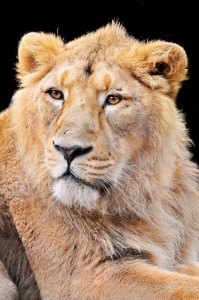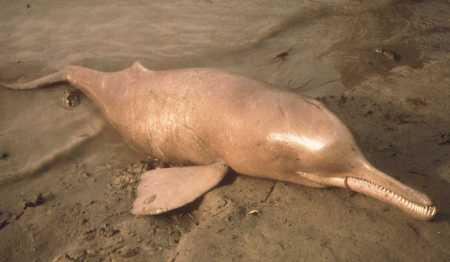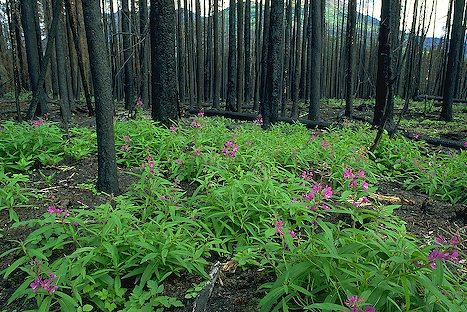 The International Union for Conservation of Nature (IUCN) has just demeaned the threatened status of the Asiatic Lion. Observing the healthy population of the animal in the wild, the organization has re-categorized the Asiatic lions in its Redlist of threatened species from Critically Endangered (CR) to Endangered (EN).
The International Union for Conservation of Nature (IUCN) has just demeaned the threatened status of the Asiatic Lion. Observing the healthy population of the animal in the wild, the organization has re-categorized the Asiatic lions in its Redlist of threatened species from Critically Endangered (CR) to Endangered (EN).
In the Redlist released in 2000 the animals were given the tag of Critically Endangered which means that a particular species is just one step away from extinction. But since then, due to the concentrated efforts of the Gujarat government to save the only habitat of these lions in the wild – the Sasan Gir national park, the lion population has steadily increased. Therefore, inspite of the lions living in only one area, the IUCN listed them as Endangered – a species still threatened but showing promises of recovery.
IUCN officials have justified this change thus,
“Asiatic lion exists as a single isolated population in India’s Gujarat state. The number of mature lions has been increasing, all occurring within one subpopulation (but in four separate areas, three of which are outside of the Gir forest protected area). Since the population now extends beyond the boundary of the lion sanctuary, and the numbers are stable, the subspecies is listed as Endangered based simply on the population size.”
A forest officer also added that the IUCN has based its listing on the population figures of 2005 when 175 adult lions were found to be present in Gir. Since then, the 2011 census showed that the lion population has further improved with 97 males and 162 female adults. Together with the cubs, and young lions the population today is estimated to be about 411 lions which is a great, steady number.
The officer said, “”Going by the global criteria, if the population of adults is about 50 per cent of the total population it is considered to be healthy. In 2011, of the 411 lions, the adult population was 259.”
The IUCN Red List of Threatened Species is globally recognized as the most comprehensive and objective approach in evaluating the conservation status of plant and animal species.
Y V Jhala, head of the department of Animal Ecology and Conservation Biology, said,
“This report reflects the success of lion conservation in Gujarat. It is a feather in the cap for the state. Gujarat should now set a target to get the big cat listed in a further safer category – threatened species.”
Poaching Concern
While IUCN has praised the efforts of the Gujarat government for saving Asiatic Lions, it also has warned the forest department against poaching threats to the species.
Taking note of the incidents of poaching in 2007when at least 8 lions were mauled to death, the IUCN report said that the lions need constant monitoring, especially as they are now wandering beyond the boundaries of Gir protected area.
Although IUCN has put a figure of 34 lions killed, senior officials in India believe the figures are too high and Lions are in general safe in the state.
Additional principal chief conservator of forest Dr H S Singh said that not just the population was increasing, but the lions have formed six other satellite areas where the population is now stable. These include far off areas of the coastal region, Bhavnagar, Girnar and Miytala, among others
The listing is definitely a big achievement but with greater pride population comes the added responsibility of providing safer grounds for all the lions. It has been felt for a long time that the Asiatic lions need another safe habitat in India so that their numbers can further rise and animal-animal territorial fights are minimal. It is also not farfetched to say that if the lions do not find more peaceful habitat, human-animal conflict will rise, which is thankfully not a major concern right now in Gujarat. As the lion numbers grow, Gujarat needs to expand their habitat too.






4 thoughts on “Asiatic Lions no more Critically Endangered”